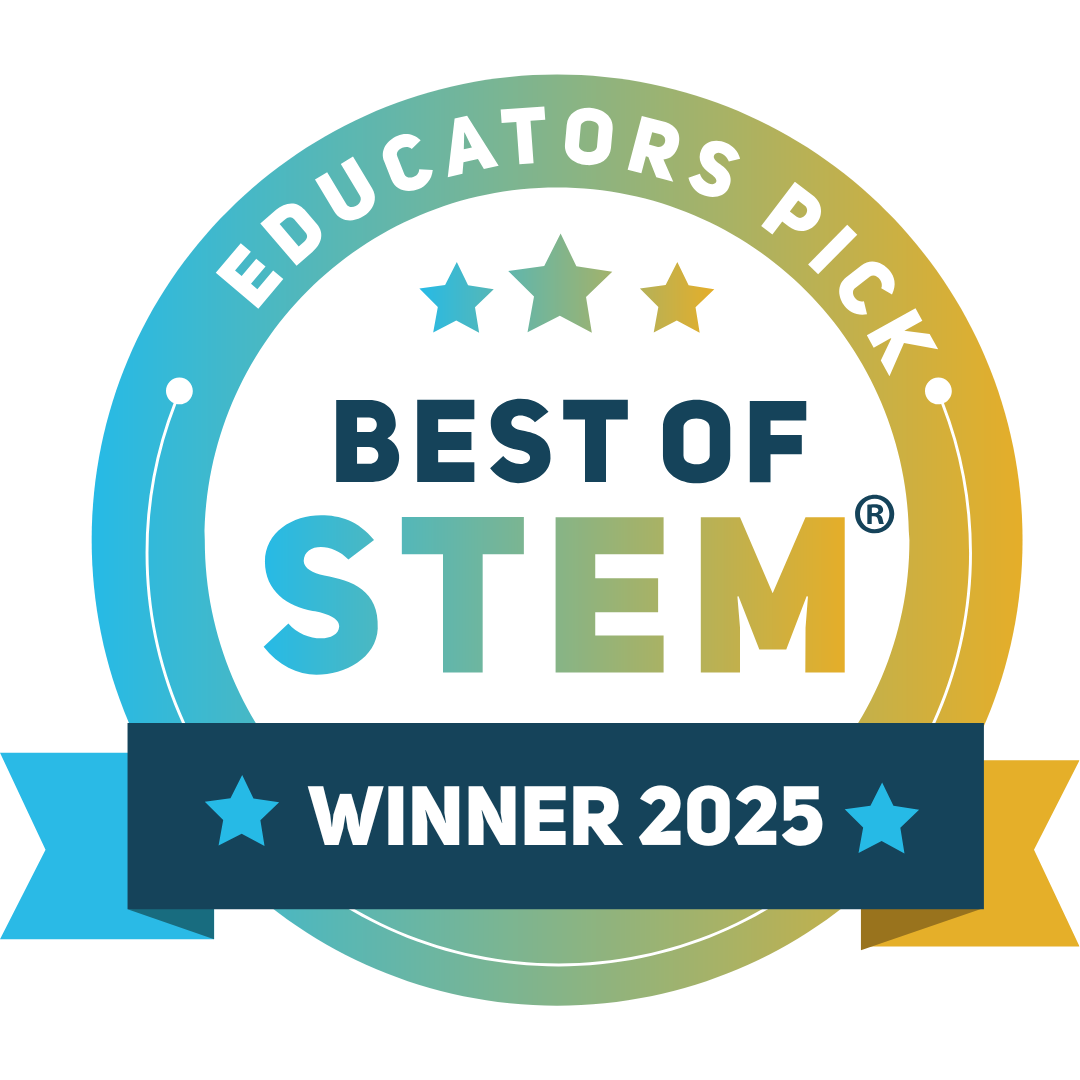Our Method for Teaching Engineering Design
We have developed a dynamic method for teaching the engineering design process, with the goal of expanding access to, and participation in, the creative process for our youngest learners.
Identify the Problem
Students are introduced to an authentic design challenge.
Research
Gather Information, Build a Model, and Tinker.
Brainstorm
Plan & sketch their design, "Shop" for items to bring it to life.
Build, Test, and Redesign
Let’s get building!
Reflect and Share
Students reflect before presenting their designs.
Our Extended Research Phase
The League’s method addresses equity right from the start. We’ve built in an extended research phase – filled with playful experiments and explorations – which allows ALL students to gain the necessary background knowledge and hands-on experience before moving on to designing their own solutions in the origination phase.
Identify the Challenge
Students are introduced to an authentic design challenge that is referred back to throughout each phase as a common goal each student or small group is working towards.
Gather Information
Students begin the active research phase by gathering data on real-world versions of the invention they are focused on, building equity in content knowledge while connecting social studies and history.
Prototype
Students continue researching by building a guided prototype – a basic working model from everyday materials – that provides them the space to hone maker skills and collect more data.
Tinker
As the final step before origination, students tinker and make changes to their basic prototype in order to better understand the scientific underpinnings of how it works!

Brainstorm
With access to a new set of open-ended building supplies, students plan and sketch their design and “shop” for the items they’ll use to execute it.
Build & Test
Let’s get building! Students are supported through the process of turning their sketches into 3D models, testing and collecting data along the way.
Redesign
Based on learnings from testing and feedback from classmates, students make adjustments to improve upon their initial designs.
Our Origination Phase
The League dedicates an entire lesson to each step of the creative process. This arc allows students to fully engage with and deeply understand each step’s purpose and how it fits into a larger framework.

